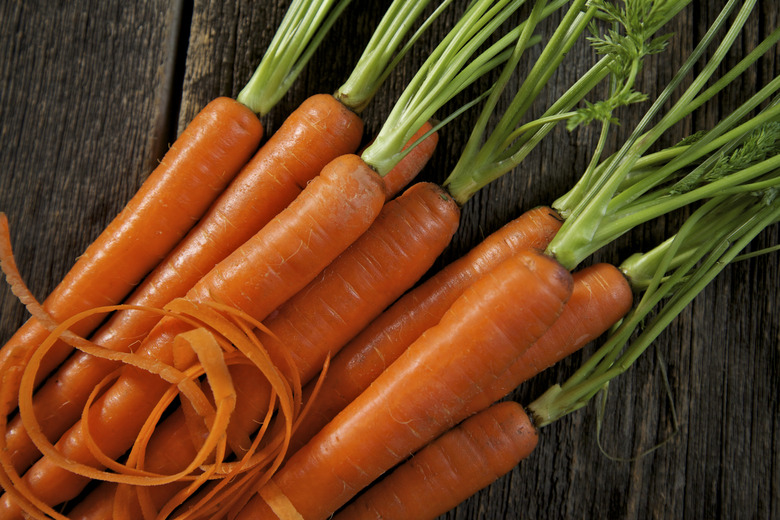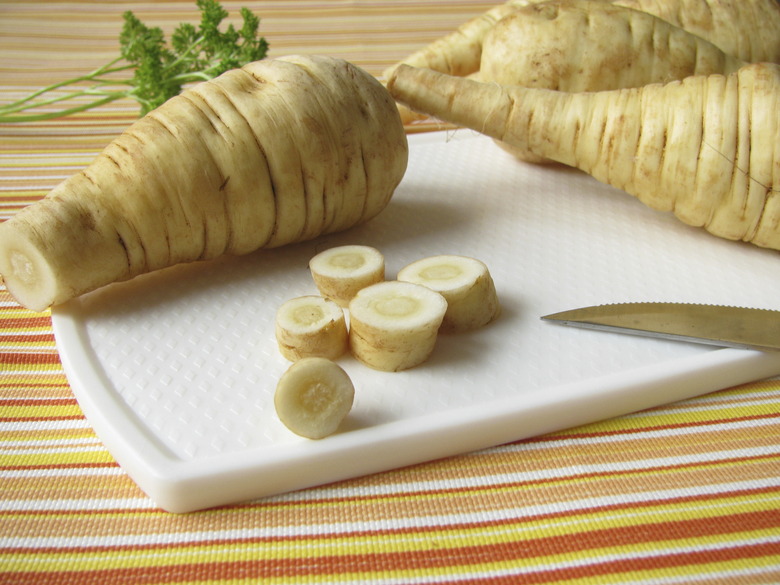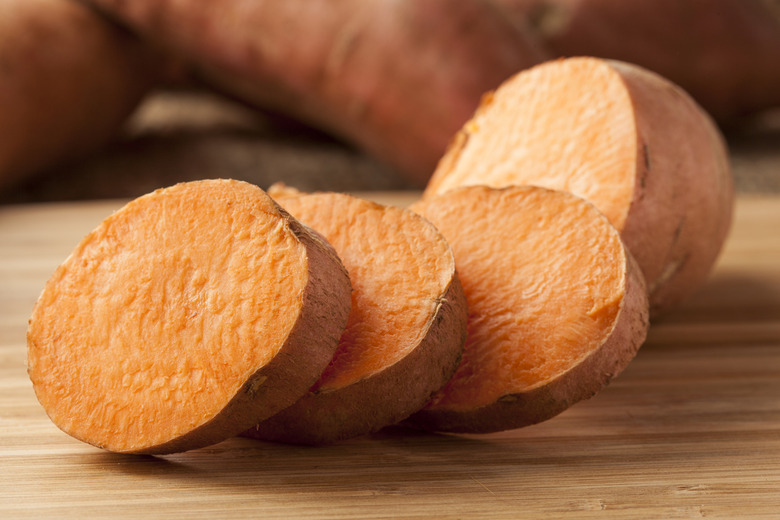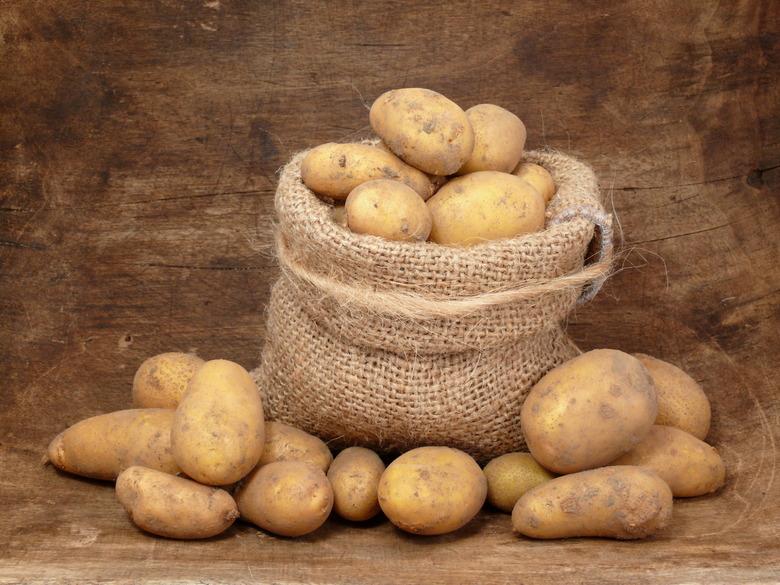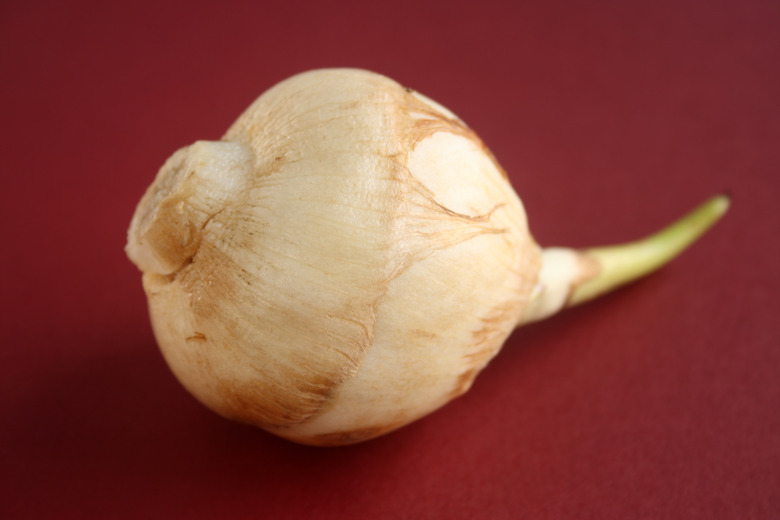List Of Root Vegetables
All plants have roots through which they derive nutrients from the soil. When these roots are edible, they are called "root vegetables." When preparing carrots, for example, it is usual to cut off and discard their leaves, known as greens, and eat the long, orange roots. Consumption of root vegetables is common around the world. Some vegetables of similar appearance, especially nonroot tubers, are occasionally incorrectly considered root vegetables.
Taproots
Taproots are long, sometimes slender roots that plunge deep into the soil. Carrots are the most familiar taproots in everyday use. Carrots are related to parsley, which are prized for the green leaves. Carrots originated in Afghanistan but are now grown and eaten around the world. Other taproots include parsnips, turnips, rutabagas, daikons, celeriac, radishes and beets. Although some taproots, such as parsnips, are most often served cooked, many can be eaten raw or incorporated raw in salads and other dishes.
Tuber Roots
Tubers, in comparison to taproots, tend to be larger and more squat in shape. Tuber roots can store large quantities of nutrients, which helps some plants make it through long winters. Sweet potatoes and yams are familiar examples of tuber roots. They are often confused because they have a similar appearance and flavor. Traditionally sweet potatoes grown and eaten in the southern U.S. are called yams even though, strictly speaking, they are sweet potatoes. Often large and high in sugar, sweet potatoes and yams are best cooked before eating. Other examples of tuber root vegetables include cassava, yucca and manioc.
Potatoes
Although potatoes are tubers, not root vegetables, they are often grouped with yams and sweet potatoes, which are tuber roots and true root vegetables. The potato is technically a stem rather than a root. Indeed, anyone who has kept potatoes too long will have seen them sprout roots. The potato does perform a similar function to a tuber root, storing nutrients from the soil. Potatoes are one of the world's main dietary staples.
Other Similar Vegetables
In addition to the potato, other tubers and some bulbs are sometimes classed with root vegetables, although in strict botanical terms they are not roots. Among these are tigernuts, groundnuts, sunchokes, arrowroot and lotus root. Members of the onion family — including onions, shallots, garlic — are bulbs rather than roots.
References
- "Plants and Society"; Estelle Levetin and Karen MacMahon; 1999
- "The World Encyclopedia of Vegetables"; Christine Ingram; 2003
- "Macrobiotics for Dummies"; Verne Varona; 2009
- "A Produce Reference Guide"; Donald Heaton; 1997
